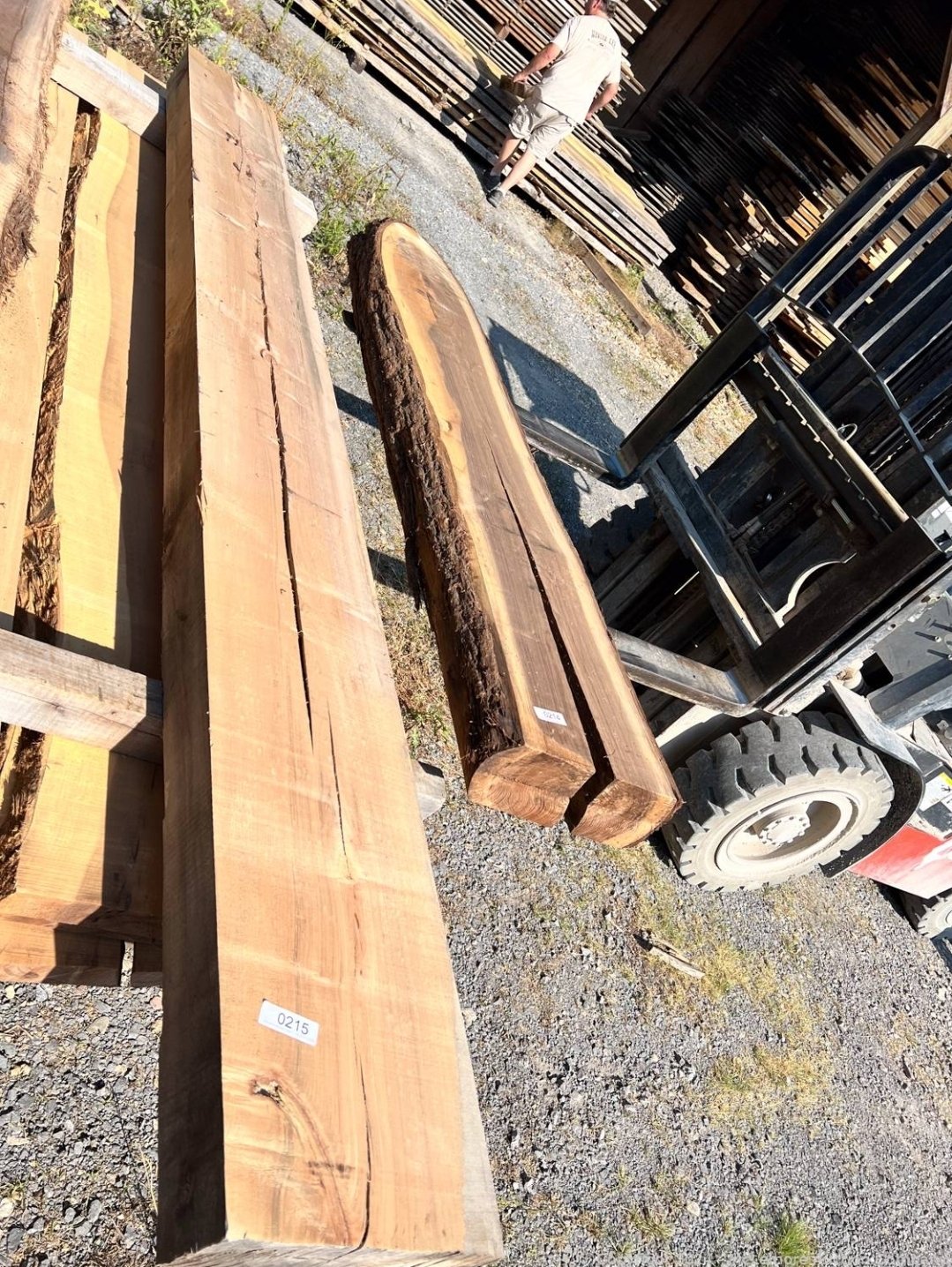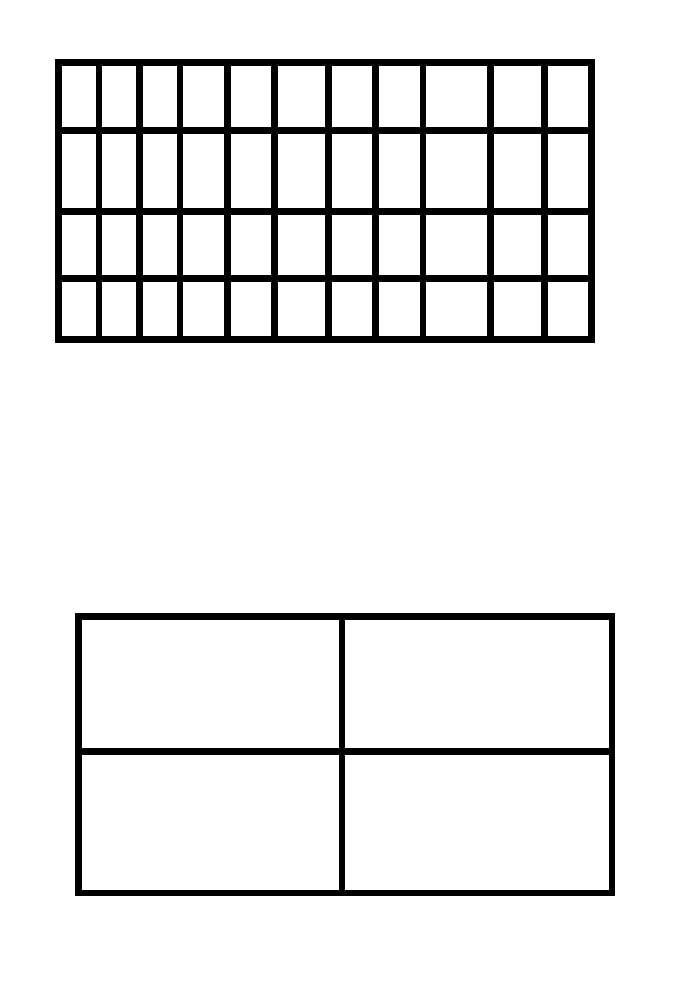this post was submitted on 12 Jul 2024
58 points (98.3% liked)
Woodworking
6128 readers
57 users here now
A handmade home for woodworkers and admirers of woodworkers. Our community icon is a planter box made by @Captain Aggravated, the winner of our summer '24 woodworking contest. Congratulations!
founded 1 year ago
MODERATORS
you are viewing a single comment's thread
view the rest of the comments
view the rest of the comments


The only reason why cutting boards are often thin is cost. A thicker cutting board will be more resistant to warping. I encourage using thicker pieces.
I don't think I'm describing my question clearly. I'm imagining a 2" thick cutting board made up of 4, 6"×12" end grain slices from the beam.
Every end grain cutting board I've ever seen is comprised of many individual pieces from like .5"×.5" up to like 2"×2" at the largest.
Is checking the only risk from using very large pieces, like I want to?
Oh, I haven't got a clue about the risks of that. I'm sorry I can't be more help. Good luck and know that I'm cheering you on!
Something you can do is to alternate the grain pattern to prevent cupping and bowing (like what is done with a table).
If you're looking at the cutting board from top down (and rotated 90 degrees):
( )
) (
With each bracket representing the grain pattern.